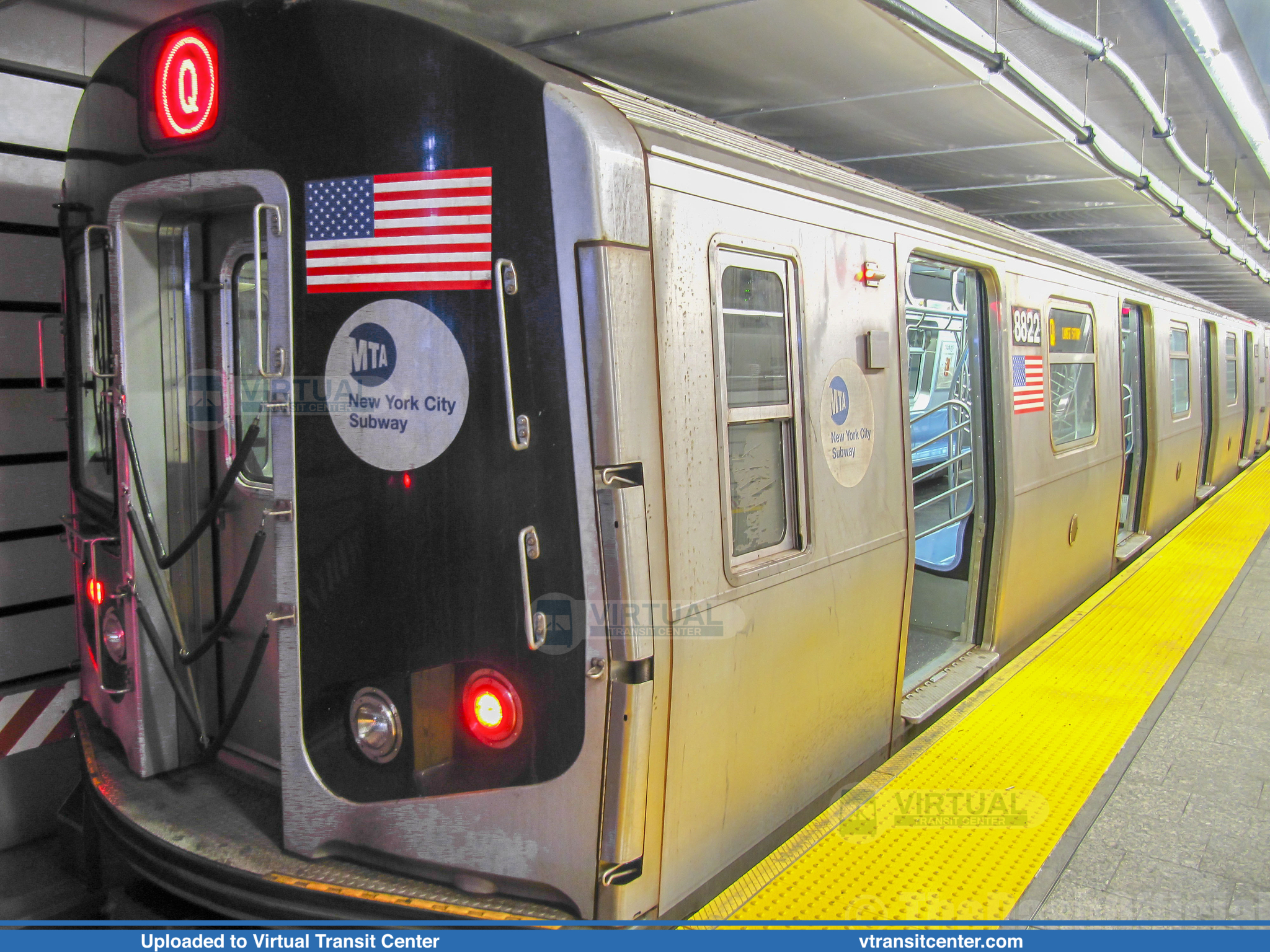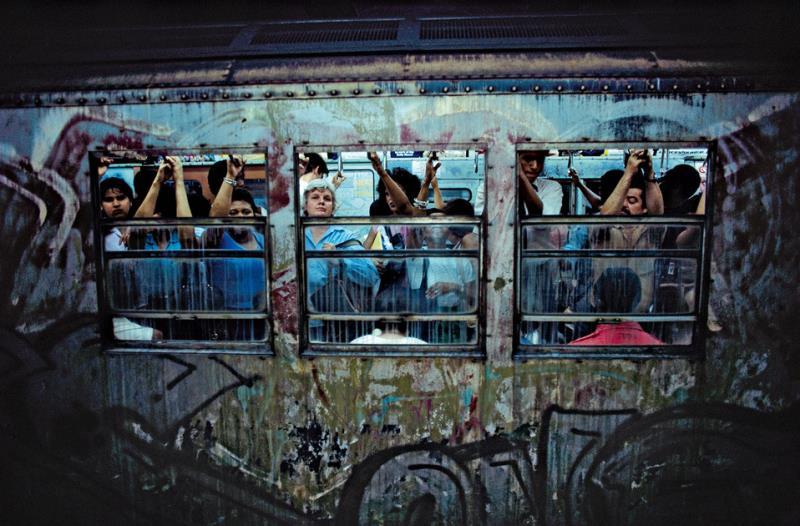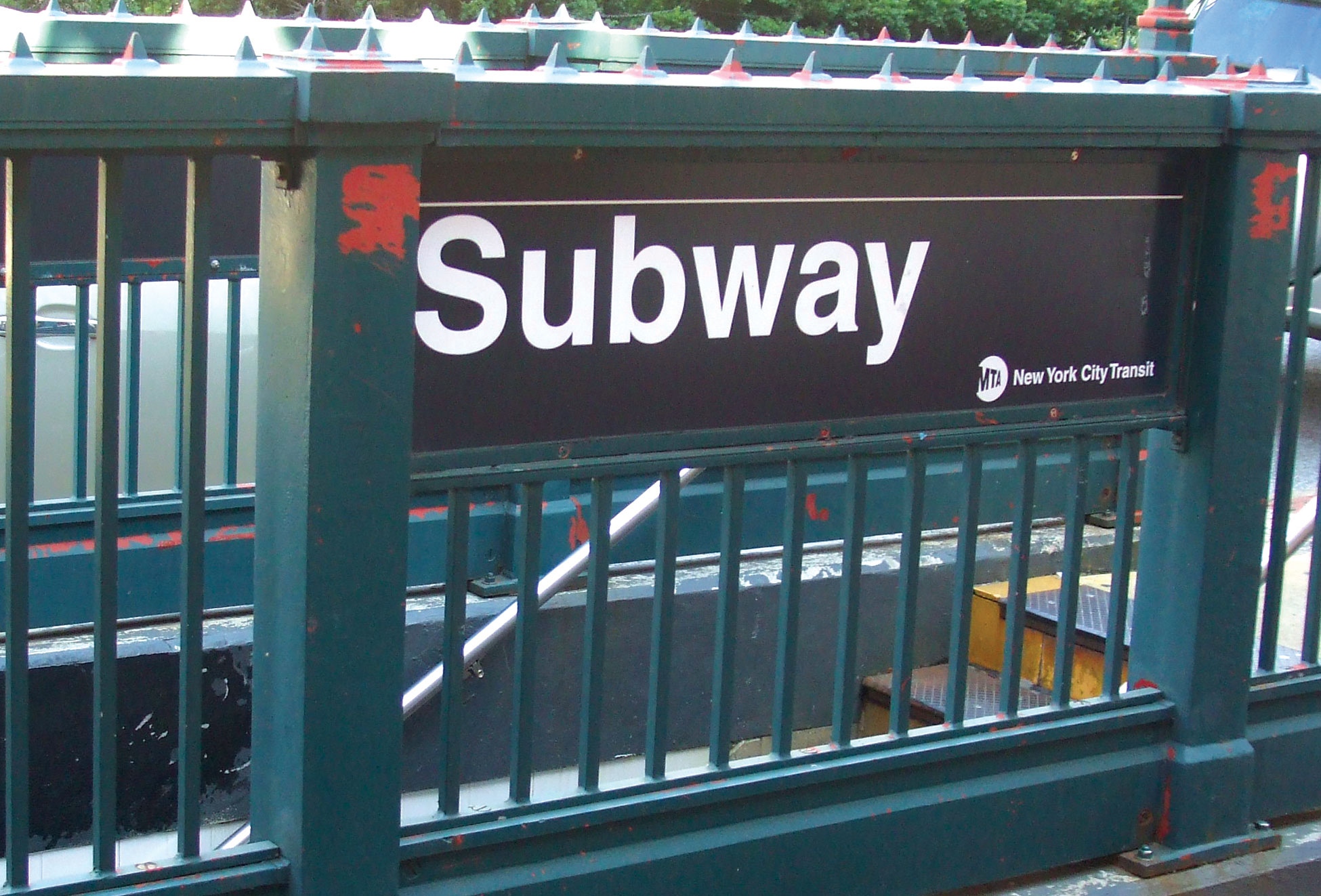

has been operating on a total of $8 billion in coronavirus relief payments from the federal government and an additional $3 billion in short-term loans. The citywide decline in subway riders has wiped out the transit budget. Source: American Community Survey (2019) five-year estimate of median annual household income.In January, turnstile entries to the Times Square 42nd Street station hovered around 19 percent of what they were the year before. With offices shuttered, midtown Manhattan stations now see just a small fraction of their previous riders. Subway stations in higher income neighborhoods have seen much larger declines in ridership than lower income neighborhoods. There’s just less movement around the city.”īut subway ridership has not fallen equally in every neighborhood. “White-collar workers are not going to the office, fewer people are taking trips for entertainment. “There’s a difference in travel right now,” said Hayley Richardson, a senior communications associate at TransitCenter, a nonprofit group that advocates for public transportation in New York City. Transportation researchers attribute New York City’s drop in public transit riders to the shift to remote work and say that the dip in tourism may also be contributing to fewer subway rides.

But last March, ridership fell 90 percent and has only recovered to a third of what it was before the pandemic. There were nearly 1.7 billion turnstile swipes in 2019. Source: The M.T.A.’s day-by-day ridership numbers.īefore the pandemic, New York City’s subways were the city’s most popular mode of transit.

We expect ridership to gradually return to the system - it’s not a matter of if, but when - and we will continue to power New York’s recovery.” “But we’re optimistic about the future, given the support we’ve received in Washington. “We are still in a severe fiscal crisis caused by the pandemic,” said Shams Tarek, deputy communications director at the Metropolitan Transportation Authority, which operates many of the subways, buses and trains in the New York metro area. Keeping the city’s buses and subways moving has been crucial for transporting medical and essential workers, but, with fewer riders, the city’s public transit organization is facing its worst budget crisis in history. Many employees switched to remote work and have not yet returned to their offices. Some residents who could afford to left the city for second homes or rentals in the suburbs. Subway rides, bus rides and car trips in New York City fell drastically last March as coronavirus cases surged and the city entered a mandatory lockdown. began reporting data for the LIRR and Metro-North on April 1, 2020. | Percent change is calculated as a comparison with the preceding-year equivalent day, with the exception of the commuter rail systems, which are compared with the 2019 monthly weekday/Saturday/Sunday average.


 0 kommentar(er)
0 kommentar(er)
